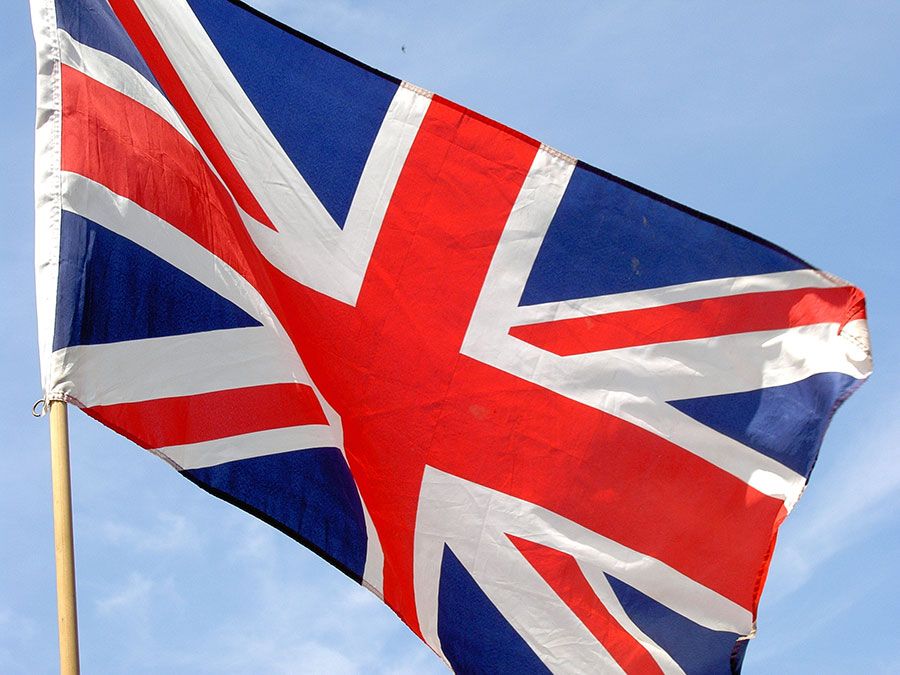Ross and Cromarty
- Related Places:
- United Kingdom
- Scotland
Ross and Cromarty, historic region, northern Scotland, spanning the width of the country from the North Sea on the east to the Atlantic Ocean on the west. It includes Lewis (part of the island of Lewis and Harris) in the Outer Hebrides.
Ross and Cromarty comprises the historic counties of Ross-shire and Cromartyshire. Ross-shire is the larger of the two counties, including all of Lewis and most of Ross and Cromarty on the Scottish mainland. Ross itself comprises the traditional regions of Wester Ross, on the Atlantic coast, and Easter Ross, on the North Sea coast. Cromartyshire consists of several enclaves scattered across Ross-shire, including an area around the town of Cromarty, and a larger area in the northwest on the border with Sutherland, including the town of Ullapool. Ross-shire and Cromartyshire were merged to form the administrative county of Ross and Cromarty in 1889. Lewis was separated administratively from Ross and Cromarty in 1975, and Ross and Cromarty ceased to be a unit of local government in 1996, when the Highland council assumed all local government responsibilities in the area. The mainland portion of Ross and Cromarty, along with a few small islands near the mainland, lies entirely within the Highland council area, while Lewis is part of the Western Isles council area.
Stone circles and cairns provide evidence of the area’s prehistoric occupation. By the first centuries ad the region was home to the Picts, who in the 6th and 7th centuries were converted to Christianity by followers of St. Columba. For the next three centuries the region fell under the domination of Norse overlords. In the 12th century Easter Ross was colonized with Flemings, English-speaking Lowlanders, and Anglo-Normans by King David I of Scotland, who wanted to break the power of the local Gaelic chiefs. The earldom of Ross arose at this time. The Gaelic Lords of the Isles dominated the Atlantic coast from the 12th century to the 15th century, when the kings of Scotland secured control over the entire region.

By the 16th century Ross and Cromarty was occupied by different clans, chiefly the Rosses, Munroes, Macleods, Macdonalds, and Mackenzies. Apart from occasional conflicts among these feuding clans, the only battles were those of Invercarron (1650), when the parliamentary troops of Colonel Archibald Strachan crushed James Graham Montrose’s royalist forces, and Glenshiel (1719), when General Joseph Wightman defeated a small Jacobite uprising led by the earl of Seaforth. The county of Ross-shire was constituted in 1661, and Cromarty became a county in 1698. During the 18th century the government reduced the power of the clan chiefs and cleared the way for acquisition of much of the land by outsiders, who forcibly evicted thousands of crofters (small-scale tenant subsistance farmers) in the “Highland clearances” of the early 19th century to create large sheep-farming estates. Large-scale emigration ensued to the Scottish Lowlands and to Canada, the United States, and Australia. Widespread popular sympathy for the crofters in Scotland brought protective legislation later in the century, but economic hardships caused crofters and other rural inhabitants to migrate to urban areas well into the 20th century. During the late 20th century the development of tourism and the exploitation of North Sea oil brought renewed economic vitality to the area.











